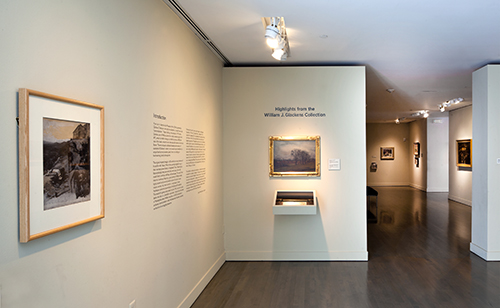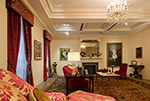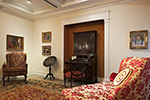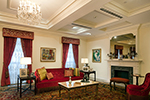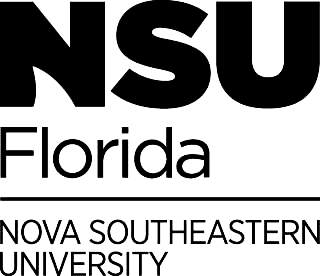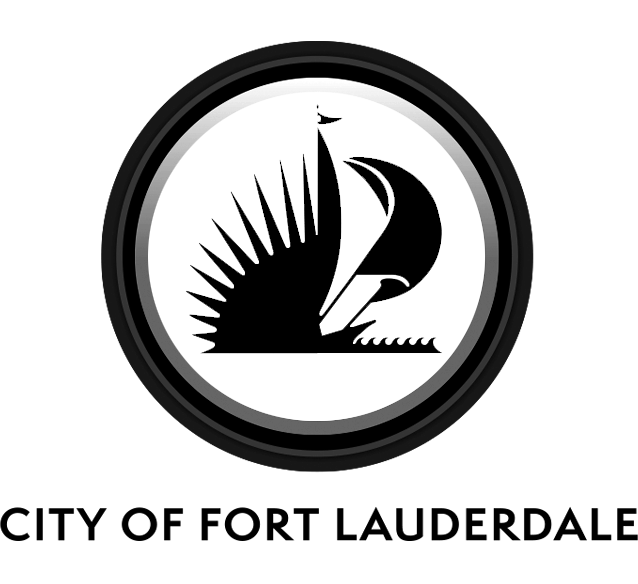Highlights from the William J. Glackens Collection
March 8, 2013
Jorge Santis
If you had to describe the NSU Museum of Art Fort Lauderdale’s Glackens Collection with only one adjective, it would have to be “comprehensive.” These holdings, bequeathed in 1991 by Ira Glackens, son of William, cover the artist’s versatile talent from 1892, when he made a living as an artist/reporter, to 1938, the year of his death, when he was internationally known as America’s Renoir. This encyclopedic collection boasts a wide variety of examples of Glackens’s artistry – from casual crayon sketches to a unique hand-carved wooden panel, from rare etchings to heartwarming family photographs.
The original bequest brought in 205 works from the collection of Ira and his wife, Nancy. Most of the paintings originally hung in their two-story stone home, in Shepherds’ Town, West Virginia. Not surprisingly, they are works that were easy to live with, mainly family portraits, still lifes, and landscapes. The rest of their inherited inventory, featuring a good portion of William’s most highly praised early work as well as some of his best-known mature oeuvre, had been stored in a warehouse in lower Manhattan, under the stewardship of the Sansom Foundation. This nonprofit agency was created by Ira in 1955, not only as a tax shelter but also as a charitable corporation. Named after the street in Philadelphia where William was born in 1870, for decades it endowed animal shelters in the Northeast and donated countless works of art to struggling museums.
Following Ira’s death, a new chapter began for the Sansom Foundation. The late C. Richard Hilker, a resident of Fort Lauderdale, became CEO and president of the agency and made the The NSU Art Museum Fort Lauderdale the main beneficiary of Sansom’s generosity. Through the years, he not only contributed, with his board’s consent, hundreds of thousands of dollars in cash to keep MoA afloat, but also proceeded to donate around 300 more works by William and his coterie of fellow artists. These gifts helped to fill gaps within the original bequest. At this time, our museum received countless early realistic canvases and drawings inspired by the work of Robert Henri (1865-1929), in addition to major canvases from William’s Francophile period. These paintings, dating from 1908, display such influences as Manet and Renoir, as well as Matisse and Cézanne.
This exhibition celebrates the publication of a brand-new scholarly manual for the Glackens Collection. The text, written by noted art historian and curator Elizabeth Colliery, discusses in depth many of the works on display here. Courtesy copies of the manual are accessible at strategic locations throughout the galleries, and copies are also for sale at our gift shop. It is the museum’s hope that this monograph will shed new light onto William’s significant artistic contributions to early 20th-century American art.
-Jorge Santis, Curator

